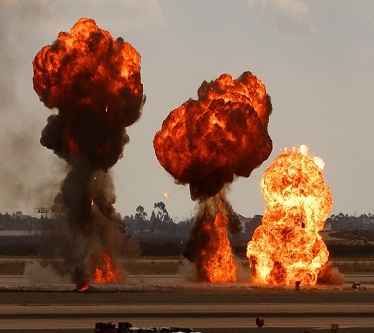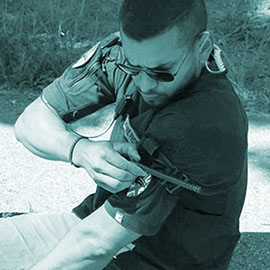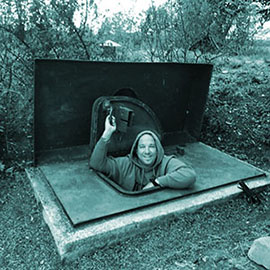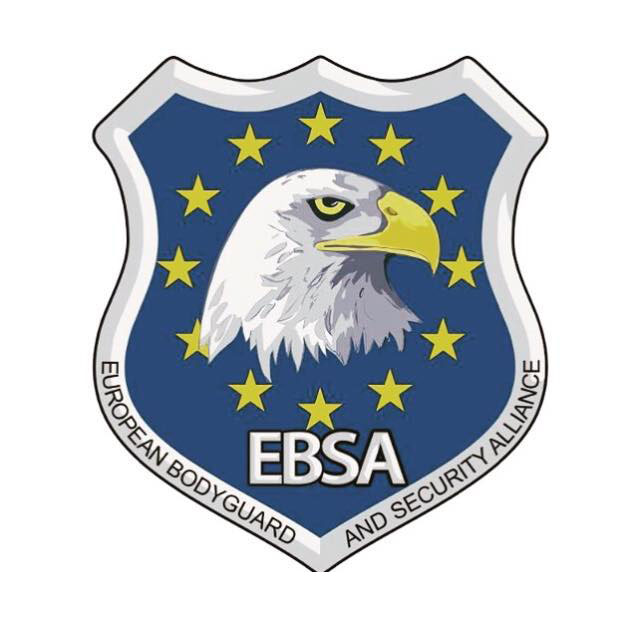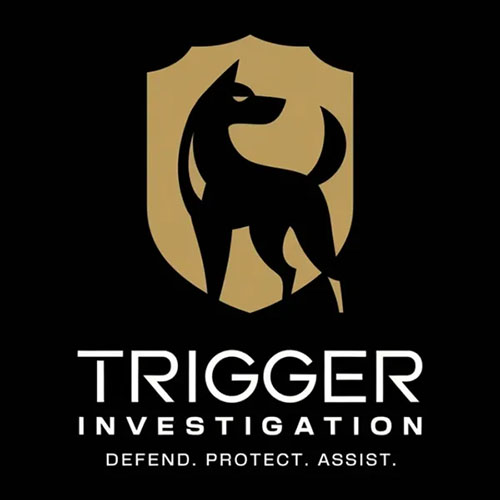The global threat of terrorist attacks remains a major issue in 2022. Political violence and terrorism have long since taken place not only in the "most dangerous regions of the world". This danger has also long since arrived here in the middle of Europe. Many special units deal with it every day in various forms in order to counter it successfully. But what should each and every one of us actually know about this topic in order not to become a victim? Mooreprotection explains this rather unattractive but latent topic.
Terrorist attacks are part of our reality and the know-how and preparation for the worst has become an important part of security for you and your family. Since the devastating attacks in New York in 2001, Europe, such as London, Paris, Barcelona, Strasbourg or Vienna, has repeatedly been the focus of radicalised groups and individuals. Since then, many things have changed in politics and, to some extent, visibly in the public sphere. Tighter security measures at public events have been initiated by politicians to counteract the prevention of possible planned terrorist attacks.
Although the chance of becoming a terrorist victim on European soil is extremely small, this does not release you from your responsibility to be as prepared as possible. Similar to a blackout or food or water shortage, the only thing worse than such a disaster is not being prepared for it. With Mooreprotection you can learn more about possible attacks, how to survive them and how to prepare for the worst-case scenarios.
How to survive a terrorist attack: Prepare, plan and survive
How to prepare for a terrorist attack to avoid becoming an "easy victim".
There are some general precautions, which are by no means all-inclusive, but which each of us should take to prevent becoming a victim of terrorism.
- Situational Awareness - Try to be aware of what is going on around you at all times. This is especially important if you are travelling to countries where terrorism is more common. (Jeff Cooper colour code) - You can also find more information in my → reference book!
- Mindfulness - If you feel uncomfortable in a situation, leave it without being paranoid - just mindful.
- Never accept packages from strangers and don't let your luggage (e.g. flight luggage) out of your sight to prevent manipulation.
-
Unusual behaviour (e.g. at public events), always report it immediately to the security staff on site.
If you are in a public place, at least make a mental note of various emergency exits - in case of incidents, these will be harder to find.
- Emergency preparedness is key. Have cash, emergency supplies of food and water, and a decent supply of ammunition.
- If you live or work in a large building, find out about basic supplies on all levels of the building - including first aid kits, hard hats, dust masks, portable radios with extra batteries, torches with extra batteries, and tape to mark dangerous areas. Similar to a blackout scenario !
- Also consider talking to the owners about implementing a safety programme if they don't already have one. For example, adding metal detectors, cameras and other items can help prevent and prepare for terrorism.
Metal detectors, gate probes & accessories can also be arranged through us at low cost for public events- More information for Austria & UK under Request!
These are the most basic precautions that each of us can take against the possibility of a terrorist attack. But what can you do in the event of direct contact during a terrorist attack?
Run - Hide - Fight
Run: Try to leave the danger area as quickly as possible, preferably via a secure escape route, away from a possible attacker. Leave everything behind and leave the place as soon as possible - even if others do not. Depending on the situation, prevent other people from coming into contact with the attacker(s) or re-entering an area. There may be a door or other obstacles that could impede a possible attack. Work with the first responders on the scene. Keep your hands visible when leaving the danger area to make "friend/foe" recognition easier. Assist the first responders in communicating valuable information - this can be done by hand signals, but also by making an emergency call if you are already safe. Possible injured persons should not be moved or treated first in an "active attack" as self-protection. Verbal or non-verbal communication should be used with the injured if possible.
Hide: If escape "run" is not possible, leave the field of vision of the "active attacker". Barricade yourself, lock the door and hide behind large heavy objects. Focus - stay calm and don't panic. Switch the phone to silent. If possible, dial 911 and assist the emergency services with valuable information. Even if you are unable to speak, or if you have long pauses in speaking, keep the connection open and let the dispatcher listen to the emergency services to obtain information if necessary.
Fight -The last resort: Leaving the danger zone, finding a safe hiding place seems impossible? An attacker in the immediate vicinity?
Fight for life and death with all the tools at your disposal. Sounds a bit like a Hollywood flick, yet exactly such a scenario could affect any one of us. This makes it all the more important to deal with such issues.
When emergency services arrive, follow all their instructions. Place all objects clearly visible in your hands, raise your arms and spread your fingers. Avoid quick movements. You will probably be detained for questioning, so do not leave the scene without being asked to do so by the officers.
We will be happy to draw up a security concept and a risk assessment together with you and our partners. We will advise you in detail on site. We train and sensitise staff members, enabling them to recognise crimes and perpetrators at an early stage and to learn how to behave properly in such situations - for more information, please contact us!
Threat levels
There are 5 levels of threat:
- low - an attack is highly unlikely
- moderate - an attack is possible but not likely
- substantial - an attack is likely
- severe - an attack is highly likely
- critical - an attack is highly likely in the near future
The level is set by the Joint Terrorism Analysis Centre and the Security Service (MI5).
Threat levels do not have an expiry date. They can change at any time as different information becomes available.
Threat levels in themselves do not require specific responses from the public. They are a tool for security practitioners working across different sectors of the Critical National Infrastructure (CNI) and the police to use in determining what protective security response may be required.
Vigilance is vital regardless of the current national threat level. It is especially important given the current national threat. Sharing national threat levels with the general public keeps everyone informed. It explains the context for the various security measures (for example airport security or bag searches) which we may encounter in our daily lives.
→ If you have information about possible terrorist activity, call the Anti-Terrorist Hotline: 0800 789 321
→ For warnings about possible bombs or other urgent threats please call 999
More information on the current security situation can be found at → GOV.UK or Security Service MI5
Together we can make a difference!
Become a part of the MOORE PROTECTION COMMUNITY and subscribe to our newsletter and find out about many interesting topics through our blogposts.






